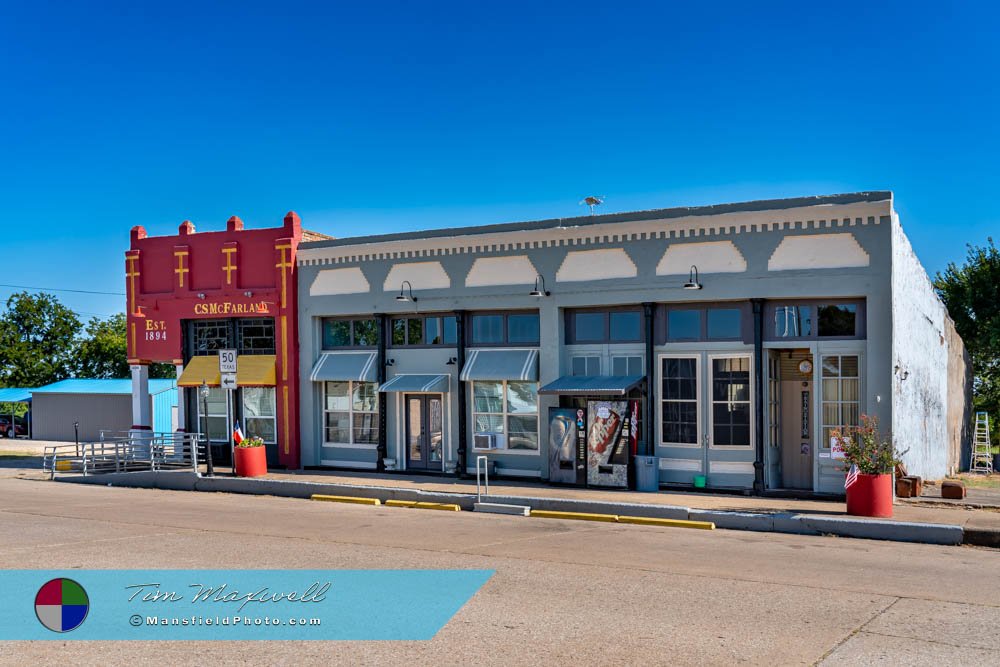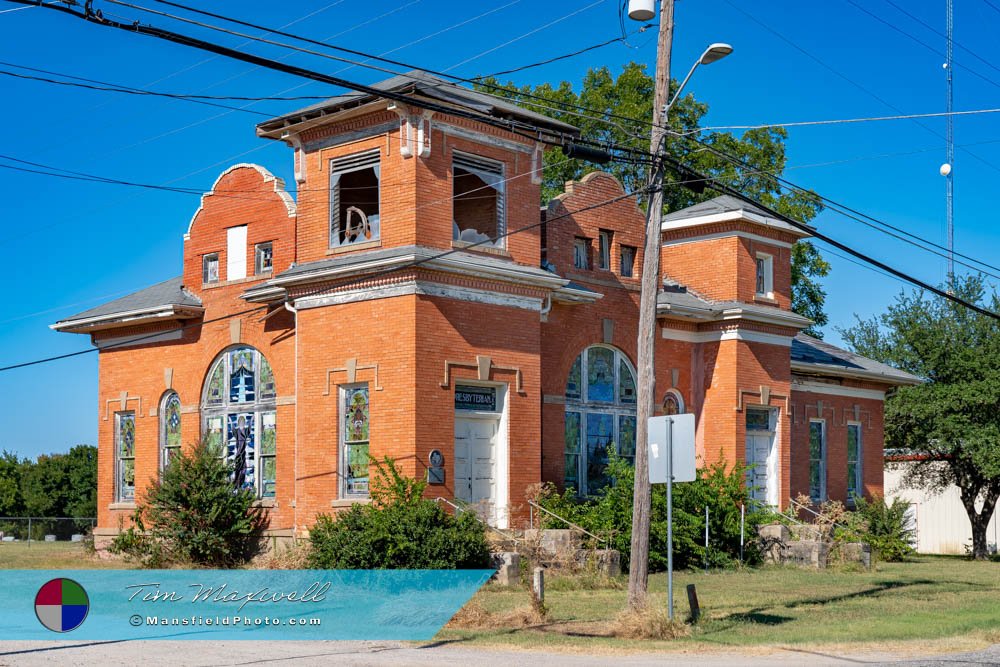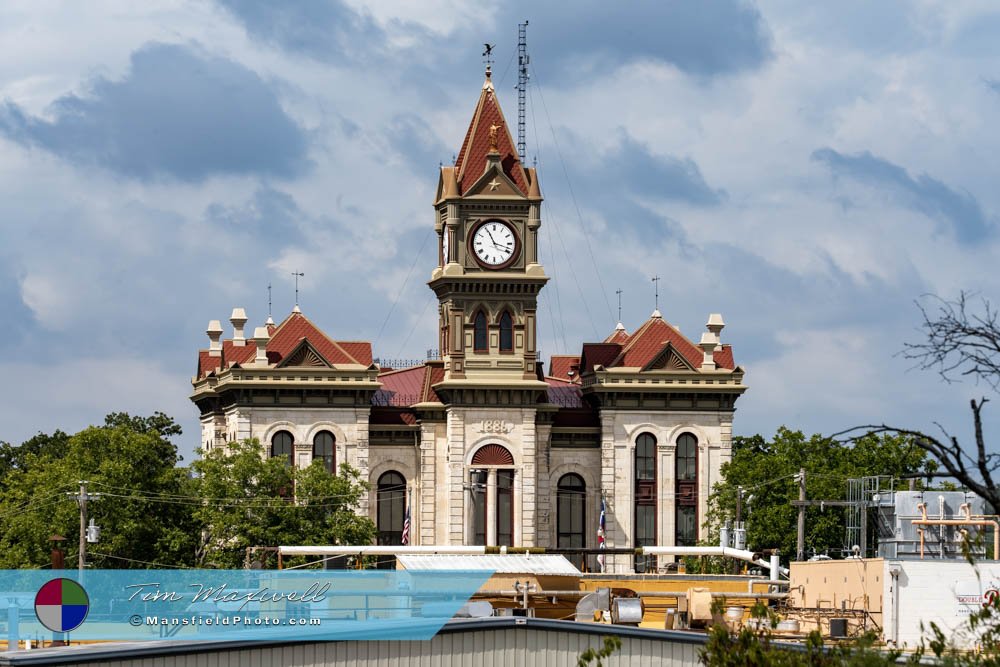Ladonia, Texas
– A Town Where History and Nature Meet.
Nestled in Fannin County, Texas, Ladonia is a small town with a rich history and unique attractions. Though its population has dwindled over the years, Ladonia offers a glimpse into the past, with remnants of its vibrant days still visible in its historic downtown, abandoned church, and nearby fossil park. This hidden gem invites visitors to explore both its heritage and natural beauty.
The Founding of Ladonia
Ladonia was established in 1840 with the name of McCownville, making it one of the older settlements in North Texas. According to a marker, the town’s name was changed to Ladonia in 1858 to honor LaDonna Millsay, a traveler on a wagon train from Tennessee who entertained residents. The town grew quickly as settlers moved in, drawn by fertile land and the promise of new opportunities.
A Glimpse into History
Throughout the late 19th and early 20th centuries, Ladonia thrived as a local center of commerce and agriculture. The town’s location made it a hub for farmers and merchants, and its small downtown flourished. At its peak, Ladonia had several businesses, hotels, a school, and multiple churches that served the growing community.
However, like many rural Texas towns, Ladonia’s fortunes began to fade as railroads bypassed the area, and highways shifted traffic away from the town. Over the decades, its population declined, leaving behind a smaller, quieter version of its former self.
Ladonia Fossil Park: A Natural Treasure
Ladonia is also known for its proximity to Ladonia Fossil Park, a popular destination for fossil hunters. Located near the Sulphur River, the park is a place where amateur and professional paleontologists can search for prehistoric fossils. Over the years, visitors have uncovered ancient marine life fossils, including shark teeth, ammonites, and mosasaur bones. The park attracts adventurers from all over Texas, making it a must-visit spot for those with a passion for natural history.
The Ladonia Presbyterian Church: A Beautiful Relic
One of the town’s most iconic landmarks is the Ladonia Presbyterian Church, now abandoned. Built in the early 1900s, the church was once a center for community gatherings and worship. Today, it sits quietly, its walls weathered by time and many of its once-beautiful stained-glass windows broken. The church still stands as a hauntingly beautiful symbol of the town’s past. Its architecture and fading details tell the story of a bygone era, drawing photographers and history enthusiasts alike.
A Stroll Through Downtown
Though Ladonia’s downtown is much smaller than it once was, it remains picturesque and charming. The historic buildings, some of which are now vacant, still carry the architectural details of their heyday. Walking down Main Street, visitors can imagine the bustling atmosphere that once defined the town. While most of the businesses have closed, the downtown area retains its sense of character, a quiet reminder of a time when Ladonia was a bustling community.
Present-Day Ladonia: A Town Holding On
Today, Ladonia is home to just over 600 residents, but it still holds onto its history with pride. The town’s residents are welcoming, and visitors often find themselves drawn to the peaceful pace of life. Whether it’s exploring the abandoned church, searching for fossils, or taking in the small-town charm, Ladonia offers a unique experience for those willing to take the road less traveled.
In Ladonia, history and nature come together, providing visitors with a sense of the past while allowing them to connect with the land. It may be a quiet place now, but its legacy and natural wonders continue to resonate.
Small Town Texas in Photos
225+ Texas Towns, 2500+ Images and Counting!














